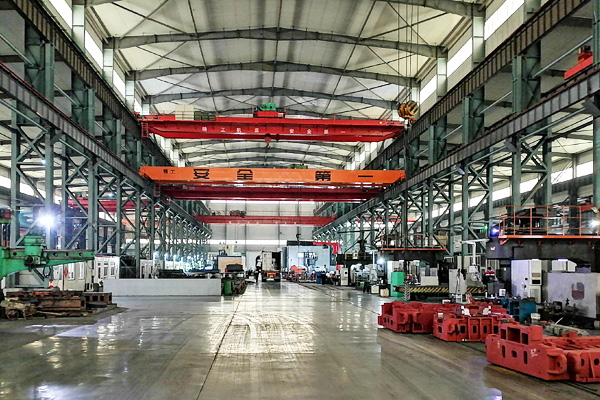Product Details
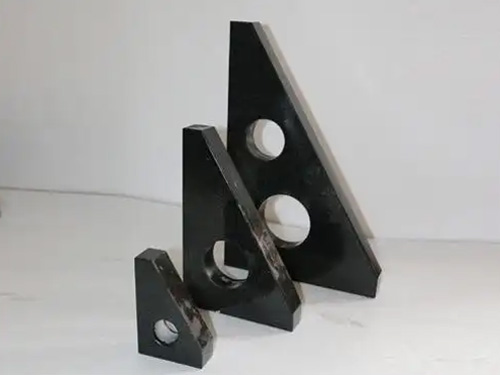





Corner Ruler

Corner Ruler is a measuring tool used for measuring and inspecting right angles and perpendicularity.It is made of natural granite and has the characteristics of high precision and high stability.
Specification and accuracy
Specifications:Corner Rulers come in various sizes,including side lengths of 100mm,200mm,300mm,500mm,etc.The thickness and width may also vary according to different usage needs.For example,some small granite angle gauges are suitable for measuring in laboratories or small parts,while large angle gauges can be used for measuring verticality in construction or large-scale mechanical processing.
Accuracy level:generally divided into 00 level,0 level,1 level,etc.The highest precision is achieved at level 00,with angle errors controlled within a few arcseconds and very small straightness errors.It is suitable for high-precision measurement and calibration work,such as optical instrument manufacturing,aerospace,and other fields;Level 0 accuracy is second,suitable for precision machining,mold manufacturing,and other applications that require high verticality;Level 1 accuracy is relatively low and is used for general mechanical processing and measurement work,which can meet the verticality measurement requirements in most ordinary industrial production.
Using a granite Corner Ruler for measurement usually includes steps such as preparation before measurement,placement of the Corner Ruler,and recording of readings.The following is a detailed introduction:
Preparation before measurement
Choose a suitable Corner Ruler:Based on the size and accuracy requirements of the object being measured,select a granite Corner Ruler of the corresponding specifications and accuracy level.For example,when measuring small precision parts,angle gauges with smaller side lengths and higher accuracy levels can be used;Measuring large workpieces requires the use of angle gauges with larger side lengths.
Check the Corner Ruler:Check whether the Corner Ruler is damaged,cracked,or worn,ensuring that the measuring surface and edges of the Corner Ruler are smooth,flat,and the angle is accurate.If any problems are found with the angle gauge,it should be replaced or calibrated in a timely manner.
Clean the Corner Ruler and the object being measured:Use a clean soft cloth or tissue to wipe the measuring surface of the Corner Ruler and the surface of the object being measured clean,removing dust,oil,debris,and other impurities to avoid affecting the measurement accuracy.
Place the Corner Ruler
Determining the reference plane:Select a suitable reference plane on the object being measured,which should have high flatness and straightness,usually a machined surface.Place one edge of the Corner Ruler(usually a right angle edge)tightly against the reference plane,ensuring that there is no gap between the Corner Ruler and the reference plane.The fit can be checked by naked eye observation or using a feeler gauge.If there is a gap,the position of the angle gauge needs to be adjusted until the fit is good.
Place the other edge of the Corner Ruler:Make sure that the other edge of the Corner Ruler is in contact with the other surface of the object to be measured,and try to ensure that the Corner Ruler is perpendicular to the measured surface.For high-precision measurement,the side of the square ruler can be gently pressed against the measured surface,and the light transmission method can be used to check whether the light transmission between the square ruler and the measured surface is uniform,in order to determine whether the square ruler is perpendicular to the measured surface.If the light transmission is uneven,it indicates that the Corner Ruler is not placed vertically,and the position of the Corner Ruler needs to be fine tuned until the light transmission is uniform or within the allowable error range.
Reading and recording
Direct reading:If the granite Corner Ruler has a scale,the value of the measured angle or size can be directly read based on the scale.For example,some Corner Rulers have angle scales engraved on the edges,which can directly read the degree of the angle being measured;If an Corner Ruler is used to measure length or distance,the corresponding dimension value can be read based on the scale.
Using auxiliary tools for reading:For measurements with high precision requirements,auxiliary tools such as feeler gauges and dial gauges may be needed to read more accurate data.If a feeler gauge is used to measure the gap between the angle gauge and the measured surface,in order to determine the perpendicularity error between the measured surface and the reference surface;When using a dial gauge,it is necessary to install it on a suitable bracket so that the gauge head contacts the measured surface,and then move the Corner Ruler or the measured object to observe the reading changes of the dial gauge,in order to measure the flatness or perpendicularity deviation of the measured surface.
Record data:Accurately record the measured data,including the measured location,measurement value,measurement time,measurement personnel,and other information,for subsequent analysis and traceability.For data measured multiple times,the average value should be taken or data processing should be carried out according to measurement requirements.
Processing after measurement
Clean the Corner Ruler:After the measurement is completed,promptly wipe the granite Corner Ruler with a clean soft cloth to remove surface stains and dust.If there are oil stains or other difficult to clean stains on the Corner Ruler,you can use a small amount of mild cleaning agent to wipe it off,then rinse it off with water,and dry it off with a soft cloth.
Proper storage:Store the cleaned ruler in a dry and ventilated place,avoiding mixing with other hard objects to prevent the ruler from being bumped or scratched.It is best to place the Corner Ruler on a dedicated measuring tool box or bracket to maintain its accuracy and shape.
Data analysis and application:Analyze measurement data to determine whether the dimensions,angles,or positional tolerances of the measured object meet design requirements.If the measurement results exceed the tolerance range,corresponding measures should be taken in a timely manner,such as adjusting the processing technology,repairing the measured object,etc.,to ensure product quality.
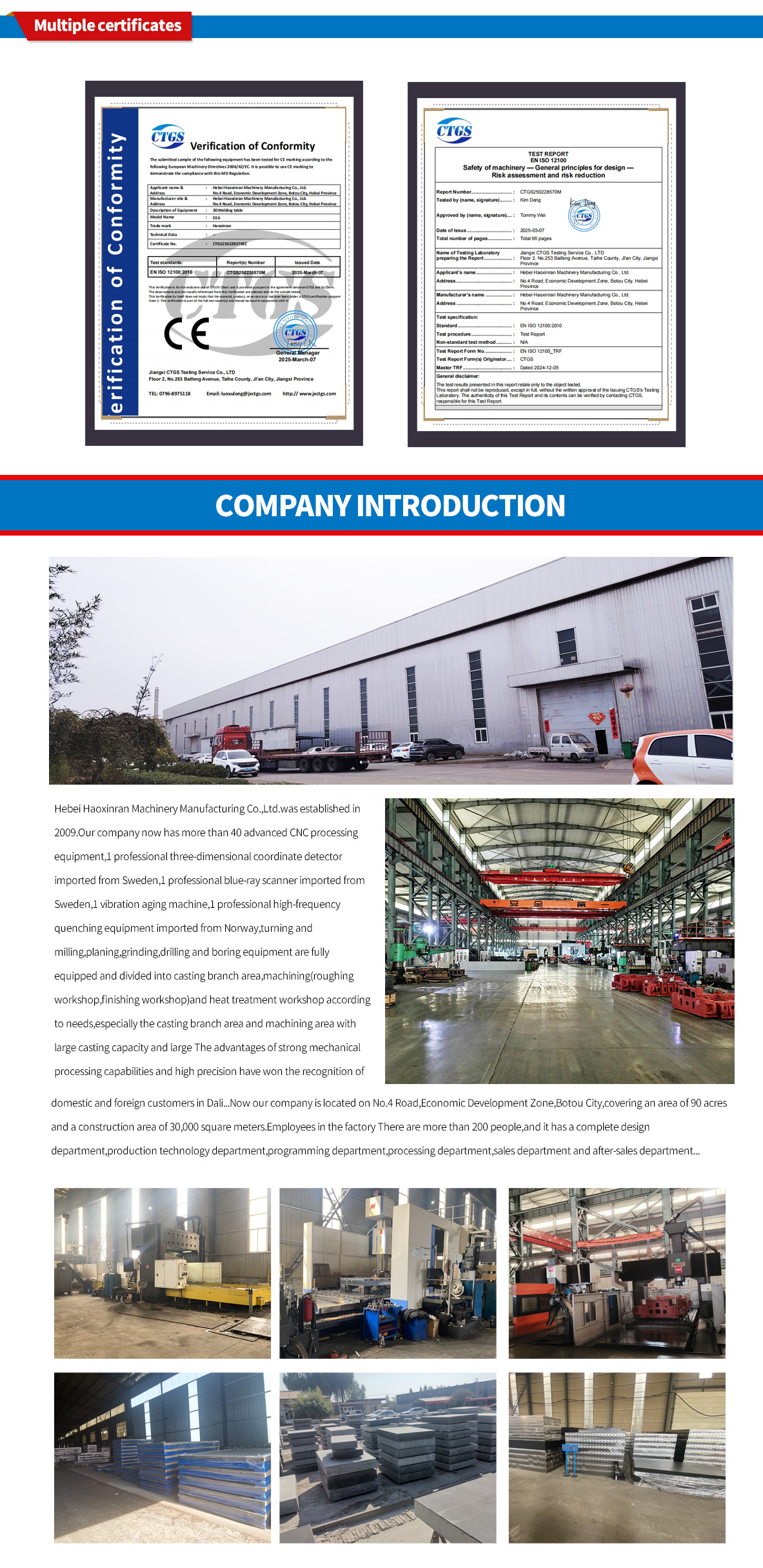
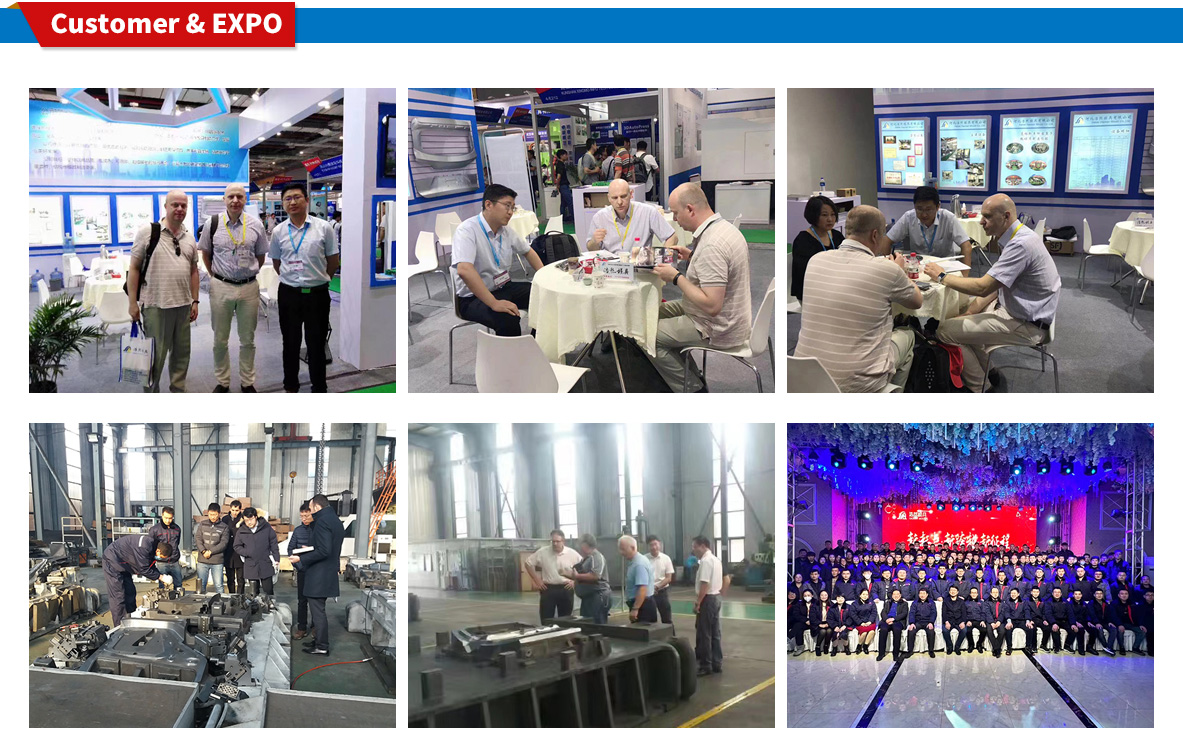
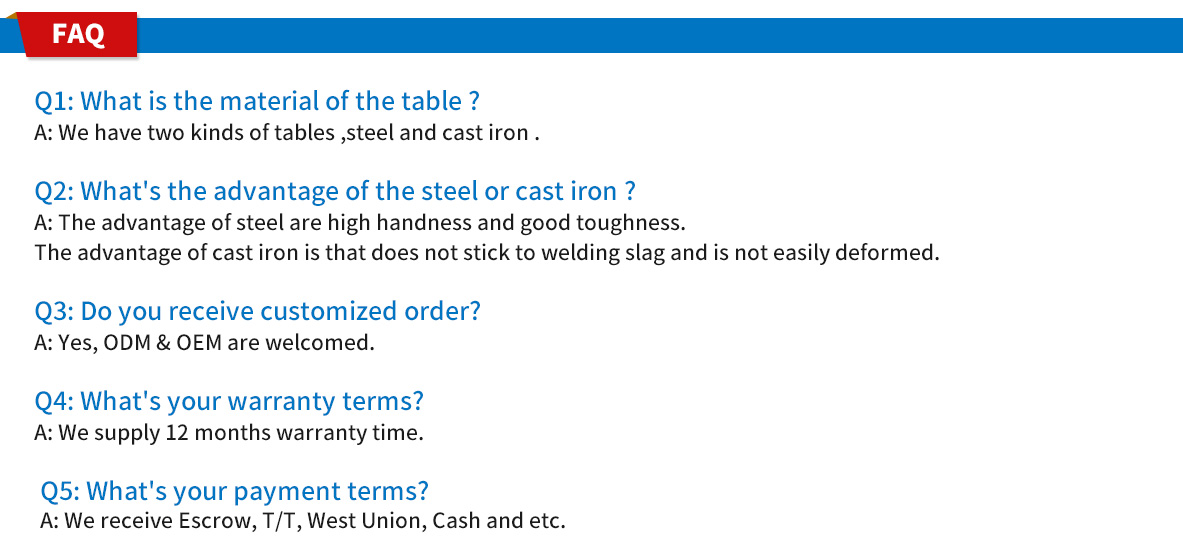
 HOT NEWS
HOT NEWS
-
How to Maintain Granite Platforms in Dusty Environments
2025-11-24 02:03:22
-
Modular Welding Tables: Boosting Accuracy and Efficiency in Fabrication
2025-11-21 12:25:54
-
Comprehensive Guide to Surface Treatment for Cast Iron Platforms
2025-11-18 12:25:34
-
Best Welding Table Options for Small Workshops
2025-11-15 10:33:25
-
Flexible Welding Tooling Solutions from China Manufacturer
2025-11-12 09:40:09
 CONTACT US
CONTACT US
—— E-mail:project@haoranmj.com
—— Whatsapp:+86 18932785670
—— Tel:+86 18932785670
—— Add:Across from Sanjing Distillery on Road 4, Botou Economic Development Zone, Cangzhou City, Hebei Province









